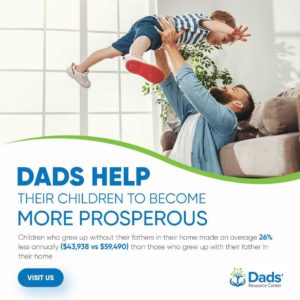
Relationship Abuse
January 22, 2018
According to the One Love Foundation, 94% of us will never perpetrate violence against our partner, yet one in three women and one in four men will experience relationship abuse in their lifetime, and all of us will be in an unhealthy relationship. These statistics, and the work done by the One Love Foundation, adds a new dimension to current thoughts and approaches to domestic violence.
Over the last several decades there has been a broad, and much needed, effort to create education and awareness about the issue of domestic violence. Along with this, the development of public policy and implementation of interventions to support women. This makes sense. Women more often are the victims of, and become fatalities to, domestic violence.
A 2010 article in the Washington CityPaper highlights the multifaceted nature of domestic violence. In 2009, 53 people died as a result of domestic violence in Maryland.
- 5 were children.
- 29 were women. Of those 28 were victims of domestic violence, one was a domestic violence aggressor who committed suicide. 10 0f those were wives or ex-wives of the offender. 17 were girlfriends or ex-girlfriends of the offender. One was a domestic violence victim who committed suicide.
- 19 were men. 9 were victims of domestic violence. 1o were aggressors who died committing or attempting to commit murder or by killed themselves. Of the 9 victims 2 were husbands or ex-husbands of the offender, 3 were boyfriends or ex-boyfriends of the offender, 3 were killed by their current partner’s ex and 1 was killed by his ex’s current partner.
The data relays that women are most often, but not exclusively, the victims of domestic violence. How do we adapt to this reality, and address this issue, from the perspective of men as victims?
One way to adjust to this reality is to consider different verbiage. Through decades of advocacy, advertising campaigns and the implementation of legislation, the term “domestic violence” has become synonymous with men acting in violence toward women. If this is all we refer to, there is little hope of men even being able to accept the idea of being the victim.
Framing adapted by the One Love Foundation focuses on the term relationship – unhealthy relationship, healthy relationship IQ, dangerous relationship behaviors, relationship violence, etc. Talking about it like this helps to move the focus toward a more refined way of identifying if a relationship is healthy or unhealthy, and if so to course correct. This is one way more effectively engage men in this discussion.
- To help men to self moderate. To help provide the awareness and identify when they might be taking a turn toward negative, or perhaps harmful, thinking and behaviors. To provide the tools to be able to course correct and take the steps to turn things around. Or, if necessary to walk away from relationships that could turn toxic.
- To help men realize that they too can be the victim of relationship abuse.
- To help fathers break cycle. Our children very often follow in our footsteps. Sons and daughters who live their childhood with their parents engaged in unhealthy relationships are much more likely to live that existence themselves.
The views and approaches of the One Love Foundation are useful for consideration in having a fully and more inclusive discussion regarding relationship abuse and relationship violence.
